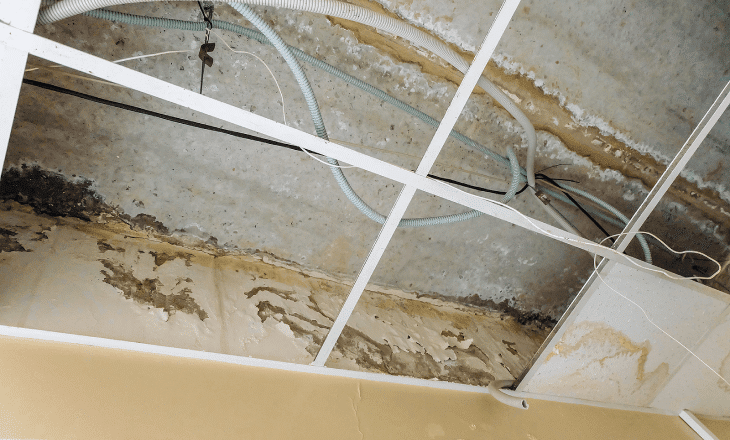
If you’re a homeowner, the words ‘slab leak’ might not mean much to you – yet. But understanding this hidden menace could save you from future headaches and costly repairs. Slab leaks refer to water leaks that occur in the pipes installed in or under the concrete foundation of your home. They are insidious because they can go unnoticed for long periods, potentially leading to severe structural damage.
What Causes Slab Leaks?
Several factors can contribute to the formation of slab leaks:
- Corrosion: Pipes, depending on their material, can corrode over time due to the chemical interactions between the water and the pipe itself.
- Abrasion: The constant rubbing of pipes against materials like concrete or gravel can gradually wear them down, leading to leaks.
- Pressure: Excessive water pressure can strain pipes, causing them to crack and leak.
- Improper Installation: Pipes that haven’t been installed correctly are more prone to problems, including leaks.
- Foundation Shifts: Natural shifts in your home’s foundation can also cause pipes to break or disconnect.
Signs of a Slab Leak
Identifying a slab leak early can be tricky, but there are signs you can watch for:
- Unexpected Increase in Water Bills: A sudden spike in water usage can often indicate a leak.
- Sounds of Running Water: If you hear water running when all taps are off, it’s time to investigate.
- Mildew or Excessive Moisture: Unexplained moisture under carpets or flooring can be a sign of a slab leak.
- Warm Spots on the Floor: This could indicate a hot water line is leaking beneath your floor.
- Cracks in Walls or Flooring: While these can be caused by various issues, they may also suggest the presence of a slab leak.
Detection Techniques
Detecting slab leaks requires expertise and sophisticated technology. Here’s how slab leak experts approach the challenge using several effective methods:
- Electronic Listening Devices: These devices are crucial in the detection process. They can pick up the sound of water escaping from pipes, even through a solid concrete slab, allowing experts to detect leaks without any visual evidence.
- Infrared Cameras: Slab leak specialists use these cameras to detect subtle temperature variations in the floor. These variations often indicate the presence of a leak, as escaping water changes the temperature of the surrounding concrete.
- Pressure Tests: By isolating sections of your plumbing system and monitoring the pressure, specialists can identify decreases in pressure, which are telltale signs of a leak.
- Tracer Gases: In cases where other methods might not be sufficient, experts use safe, non-toxic tracer gases, such as a mix of hydrogen and nitrogen. These gases are injected into the plumbing, and as they escape through leaks, a specialised detection device traces their exit points, pinpointing the leak’s exact location.
Repairing Slab Leaks
The method of repair will depend on the leak’s location and severity:
- Direct Access: This involves breaking through the slab to reach and fix the pipe. It’s straightforward but can be disruptive and messy.
- Pipe Rerouting: Sometimes, it might be more sensible to lay new pipes that bypass the damaged section.
- Epoxy Restoration: A less invasive method, this involves coating the inside of the pipe with an epoxy resin to seal the leak.
Choosing a Repair Method
Your choice will depend on various factors, including cost, the extent of the damage, and the potential for future problems. It’s often best to consult with a professional who can advise on the most suitable approach.
Prevention Tips
Preventing slab leaks might not always be possible, but there are steps you can take to reduce the risk:
- Have your plumbing inspected regularly by a professional. This can help catch issues before they turn into major problems.
- Install a pressure regulator to keep water pressure within a safe range.
- Always use reputable and qualified installers for any plumbing work.
- Knowing what to look for can help you catch a leak early, before it causes significant damage.
While slab leaks can be daunting, understanding the signs and responses can hugely mitigate the risk to your home. If you suspect a leak, don’t delay – consulting a professional promptly can save you from much greater trouble down the road.

